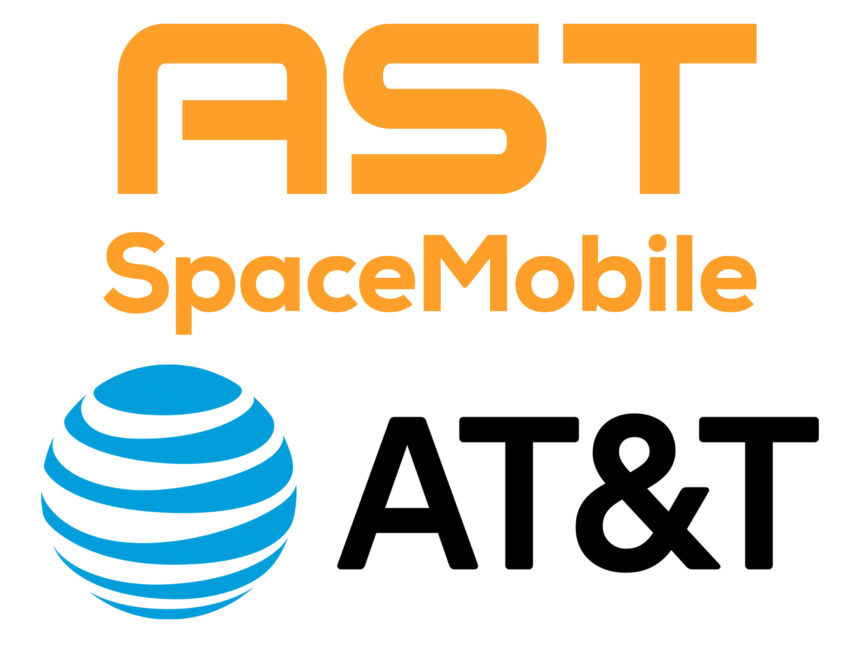AT&T announced a partnership with AST SpaceMobile that can bring satellite internet connectivity directly to mobile phones. This ambitious deal, which extends through 2030, provides reliable cellular service in remote areas where traditional cell towers are scarce. By leveraging AST’s satellite technology, AT&T enhances its coverage and offer seamless connectivity to its customers — even in the most isolated locations.
What’s Happening & Why This Matters
This 6-year partnership reflects AT&T’s confidence in AST’s ability to deliver effective satellite internet services. Since 2018, AT&T collaborated with Texas-based AST SpaceMobile to develop technology that uses satellites as orbiting cell towers. This innovative approach can provide a robust broadband network accessible via everyday smartphones — without the need for specialized equipment.
Here are more details of the partnership:
- Enhanced Coverage: This deal is crucial for expanding AT&T’s coverage to remote areas. Customers will be able to receive cellular signals as long as their phones have a clear view of the sky, effectively eliminating dead zones and improving connectivity in underserved regions.
- Rivaling Starlink: The partnership positions AT&T as a competitor to SpaceX’s Starlink, which has also announced plans to offer satellite connectivity to smartphones. By securing this agreement, AT&T can stay ahead in the competitive satellite communication market.
- Prototype Success: AST SpaceMobile has already launched a prototype satellite that achieved download speeds of 14Mbps and facilitated a 5G voice call. These promising results have paved the way for the upcoming launch of production satellites.
- BlueBird Satellites: Later this year, AST plans to launch its first batch of “BlueBird” production satellites. Initially, five satellites will be deployed to enable commercial service, with plans to launch between 45 to 60 satellites for continuous coverage across the US.
- Investment and Promotion: Earlier this year, AT&T invested $110 million in AST SpaceMobile and created a commercial featuring actor Ben Stiller to showcase the technology, highlighting the company’s commitment to this venture.

Impact
The ability to provide satellite-based internet directly to smartphones can transform mobile connectivity especially for remote and rural areas. Remote and rural users continue to struggle with accessibility similar to urban-suburban municipalities. Recent US legislation has further strained “fair connectivity” for this underrepresented, but large demographic. Satellite technology ensures users remain connected, regardless of their location. The deal adds competitive pressure to other players in the satellite internet space, such as SpaceX’s Starlink. This competition can drive innovation and improvements — possibly consolidation — in the satellite communication industry.
For consumers, the primary benefit is the elimination of connectivity gaps. Reliable satellite internet on mobile devices can significantly enhance the remote user experience.
TF Summary: What’s Next
“This partnership between AT&T and AST SpaceMobile highlights the growing importance of satellite communications to comprehensive mobile coverage and connectivity.”
As AT&T and AST SpaceMobile prepare to launch the first batch of production satellites, the companies want to achieve continuous coverage and scale the service. The venture’s success could raise the bar for mobile connectivity with unprecedented, sustained, reliable access. With the ongoing sat-com advancements and competition heating up, the next few years will be innovative to say the least..



